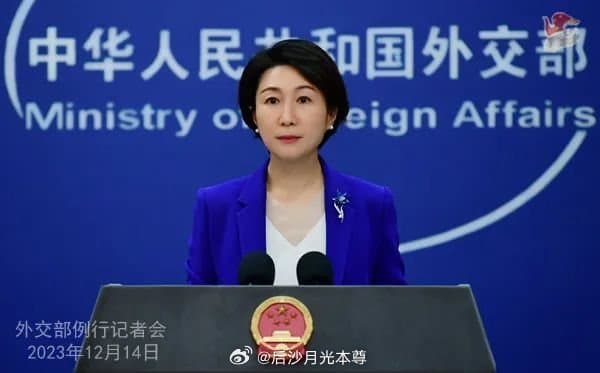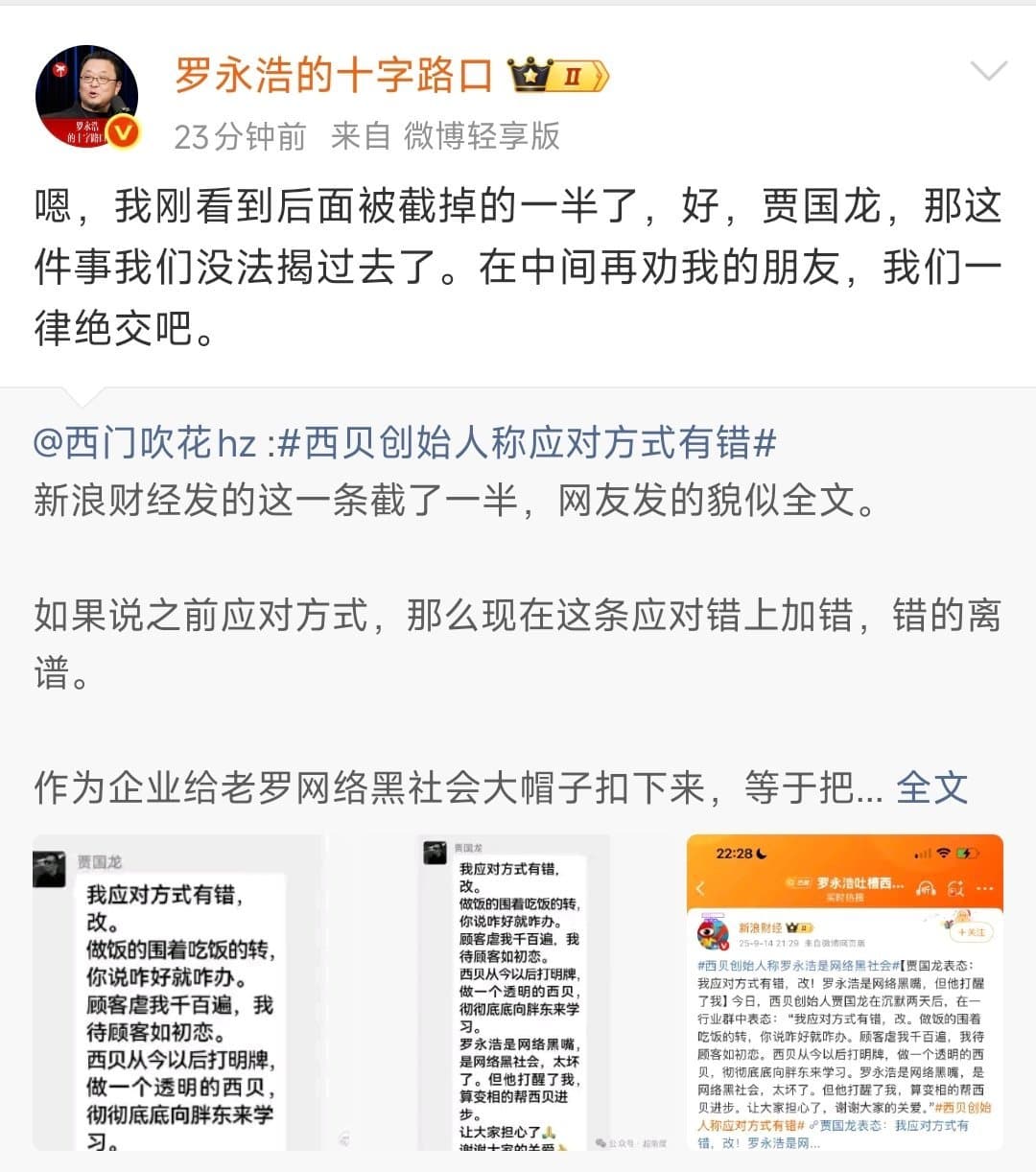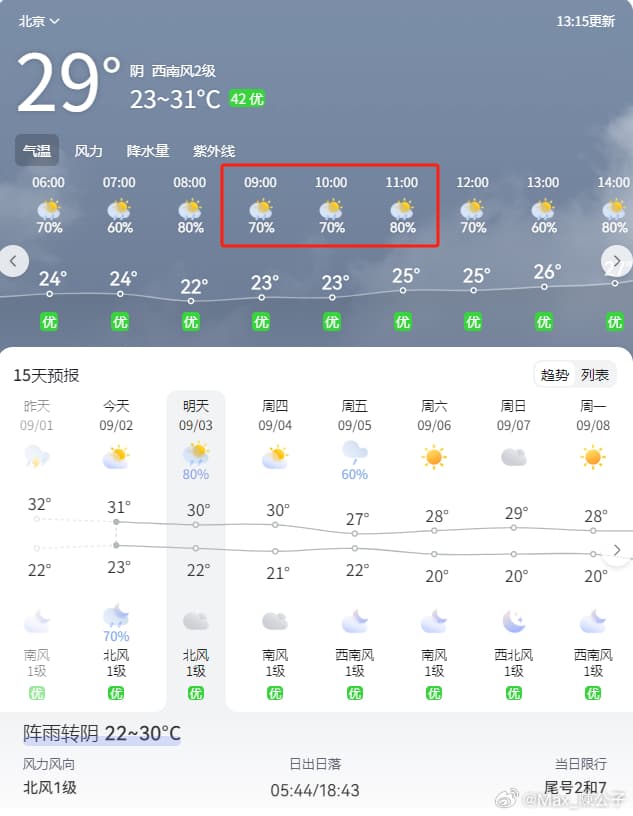China Installs Floating Barriers in South China Sea, Sparking Tensions with Philippines
Today, Chinese Foreign Ministry spokesperson Mao Ning gave a routine press conference where she addressed questions regarding China's placement of floating barriers in the waters surrounding Scarborough Shoal. Mao Ning reiterated China's claim to Scarborough Shoal as their inherent territory, citing a series of actions by the Philippines that have infringed upon China's sovereignty in the area.

26 February 2024
Mao stated that China has been compelled to take necessary measures in response to these actions. In recent news, China has placed floating barriers in the waters surrounding Scarborough Shoal, a move that has garnered attention and commentary on social media platform Weibo. The Chinese Foreign Ministry has defended the decision, stating that the measures taken by China in the waters surrounding Scarborough Shoal are in defense of their territorial sovereignty. The situation has been unfolding since February 26th when journalists inquired about the installation of a barrier at the mouth of a river on Scarborough Shoal during a routine press conference held by the Chinese Foreign Ministry. The spokesperson, Mao Ning, was asked to confirm the reports and to explain the purpose of such barriers. Mao Ning reasserted China's claim to Scarborough Shoal, stating that it is an inherent part of their territory.
She further commented on what she characterized as a series of actions by the Philippines that infringe on China's sovereignty in the region. She indicated that China's actions are a direct response to these incursions. However, the placement of these floating barriers has sparked debate on social media, with many users taking to Weibo to express their opinions.

One user stated, "If the Philippines truly has the power to confront us, we'd have nothing to say. But the problem is that they don't have that strength. They're playing with fire, relying on the courage given by the U.S. If they repeatedly misjudge the situation and believe that we won't dare to retaliate, I really am worried for them." This sentiment was echoed by another user who said, "The Philippines has been playing with fire for quite some time. The US has been fanning the flames.
Now that China has installed these floating barriers, they need to tone it down." Despite the furor on social media, it seems that China shows no signs of backing down. The Chinese Foreign Ministry has consistently maintained that their actions in the waters surrounding Scarborough Shoal are a necessary response to what they perceive as a series of provocations by the Philippines. This move from China raises questions about the escalating tensions in the region and brings into focus the complex geopolitical dynamics at play. It remains to be seen how this situation will unfold and what sort of response, if any, will be forthcoming from the Philippines and other regional players. However, it's clear that the situation surrounding Scarborough Shoal is one to watch, with far-reaching implications for regional stability and the balance of power in the Asia-Pacific region. The issue of Scarborough Shoal is far from new. China and the Philippines have longstanding disagreements over the ownership of the island, which lies in the South China Sea, a strategic and resource-rich area that has become a focal point for territorial disputes in the region. This dispute has occasionally flared up, with China previously asserting its sovereignty over the island in 2012 by placing a coast guard vessel near it, which led to a standoff with the Philippines.
This was resolved peacefully, but the underlying dispute remains unresolved. This latest move, the placing of the floating barriers, is another indication of the tense atmosphere in the region. The South China Sea is of significant geopolitical importance, due to its rich fishing grounds, potential oil and gas reserves, and strategic maritime location. The territorial disputes in the region involve not just China and the Philippines but also other countries such as Vietnam, Malaysia, Brunei, and Taiwan, each with their own claims to parts of the South China Sea. In an effort to resolve these disputes, in 2016, an international tribunal ruled in favor of the Philippines, concluding that China's claim to most of the South China Sea has no legal basis. However, China refused to recognize the ruling, stating that it has "historic rights" to the waters. This most recent move by China, installing floating barriers, could be seen as part of a larger strategy to assert their claims in the region. The situation is further complicated by the involvement of major powers like the United States, which has been increasing its presence in the region, partly to counterbalance China's growing influence.
As tensions continue to escalate, the potential for miscalculation and conflict remains a worrying prospect. And while China maintains that its actions are a necessary response to provocations, critics argue that such moves only serve to heighten tensions and risk destabilizing the region. In this context, the news of the floating barriers in the waters surrounding Scarborough Shoal has added another layer of complexity to an already fraught situation. It will be crucial to monitor how this situation develops and how regional players respond, as the stability and security of the Asia-Pacific region could hang in the balance. In conclusion, the placement of floating barriers in the waters surrounding Scarborough Shoal by China, a move they claim to be necessary to protect their territorial sovereignty, has received significant attention and commentary on social media, with many users expressing concern and skepticism about China's actions. The issue of Scarborough Shoal is far from new, with China and the Philippines having longstanding disagreements over ownership, a dispute that is further complicated by the strategic and resource-rich nature of the South China Sea and the involvement of other regional players, including the United States. As tensions continue to rise, the potential for miscalculation and conflict remains a significant concern, underscoring the importance of finding a peaceful resolution to these longstanding territorial disputes.



